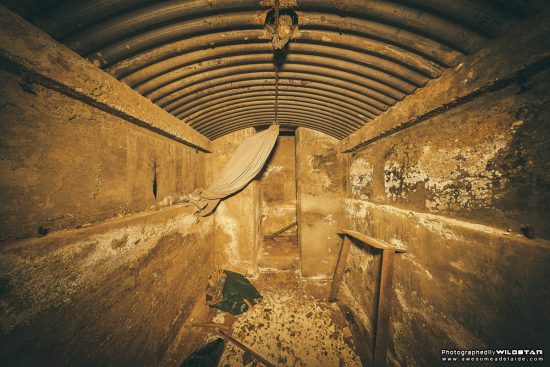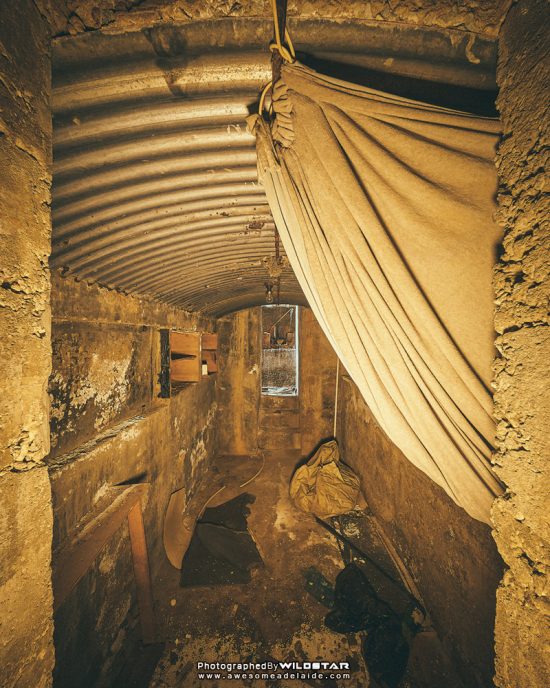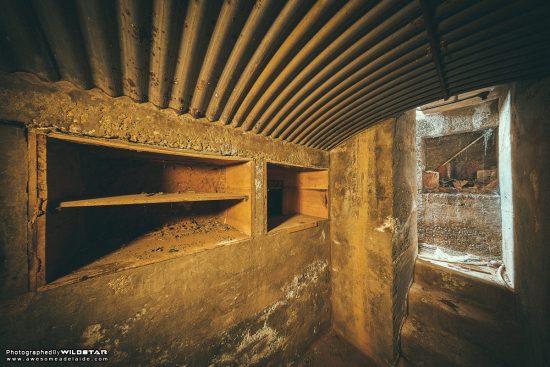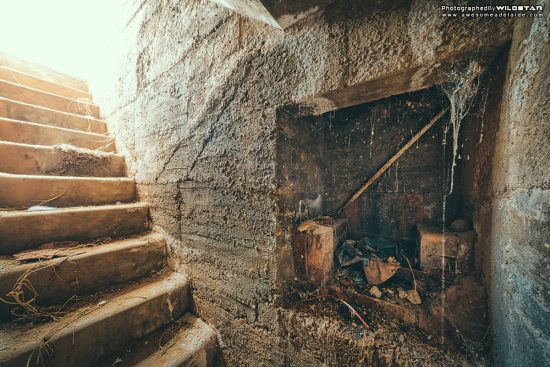The Cold War (1947 – 1991)
After World War II (1945), the Soviet Union and the United States emerged as rival superpowers, setting the stage for the Cold War. The two superpowers never engaged directly in full-scale armed combat, but they were heavily armed for the possibility of all-out nuclear world war.
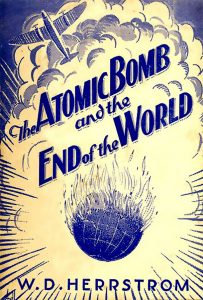
The US and the Soviet Union both started rocket research programs based on German wartime designs. Both countries developed intercontinental ballistic missiles designed for nuclear weapons delivery.
The United Kingdom was the third country in the world to develop and test a nuclear weapon. Its programme was motivated to have an independent deterrent against the Soviet Union.
Between 1952 and 1957, the United Kingdom conducted 12 major nuclear weapons tests in Australia . These explosions occurred at the Montebello Islands in Western Australia, and at Emu Field and Maralinga in South Australia.
On October 4, 1957, the Soviet Union showed the world that they had missiles able to reach any part of the world when they launched the Sputnik satellite into Earth orbit.
Pine Gap
In 1966, the Australian Government entered into an agreement with the United States of America: the Pine Gap Treaty, to establish a joint defense space research facility at Pine Gap, NT.
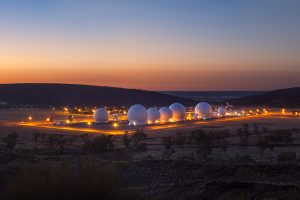
Run by both Australia and the United States, it allows access to satellites to spy on every country except Antarctica and America. It provides early warning detection of ballistic missile launches, and also contributes to and collects data used for US drones.
“It provides intelligence on priorities such as terrorism, the proliferation of weapons of mass destruction, and foreign military capability and weapons developments” — Defence Department spokesman.
Groups such as the Independent and Peaceful Australia Network argue Pine Gap and its value to the US makes Australia a target.
Fallout
The fear of many Adelaide families in the 60’s and 70’s was radioactive fallout.
During a nuclear explosion, matter vaporized in the explosion becomes radioactive. Weather conditions can then transport this radioactive material over vast distances. When the material condenses into rain, it falls back to earth, subjecting anything it touches to radiation.
Adelaide Shelters
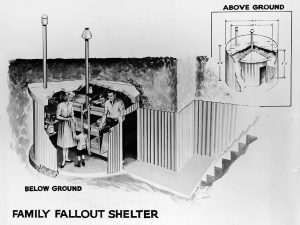
The only way South Australians knew how to protect themselves against nuclear fallout was to build underground shelters. The most favored material for fallout shelters was concrete and were generally built under the rear patio/courtyard of the family home. Often they were connected to the living-room by means of a trap-door, like the one we discovered in 2015: The Clarice Bunker.
Most fallout shelters that were constructed in Adelaide during the Cold War era have either been re-purposed or filled in, but some still exist underground…







